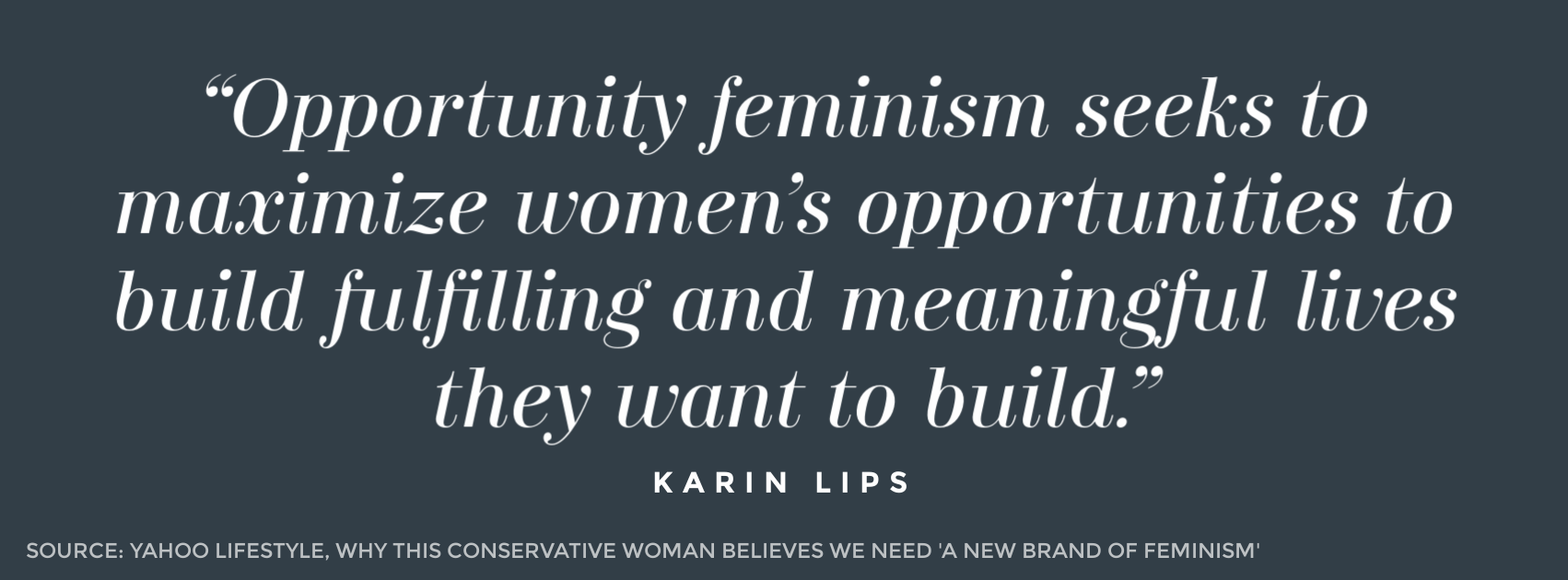Five Numbers To Listen For Tonight At The Republican National Convention
This article originally appeared in Forbes.
Casual observers of the Republican National Convention who tuned in to Day 1 last night likely took away a message about America’s position in the world, and the worsening state of our national security and public safety. Security experts including former mayor Rudy Giuliani and former director of the Defense Intelligence Agency Michael Flynn warned that the Obama Administration has failed to secure our nation from the growing threat of Islamic extremist terrorism. The speakers made the case that we need to “Make America Safe Again,” the theme of Day 1.
The theme of Day 2 is “Make America Work Again.” Tonight, the RNC’s line-up of speakers, including the Speaker of the House Paul Ryan along with elected Governors, Representatives, and Senators, will address the state of the nation’s economy. A key aspect of economic policy is what the impact of policies today will be on future generations. I anticipate that some speakers will explain how policy ideas offered by Republicans will benefit young Americans.
Here are five numbers that tonight’s speakers and interested viewers should keep in mind:
31%
That is the percentage of the electorate that is made up of Millennials, those who are ages 18 to 35 this year. According to the Pew Research Center, Millennials now comprise roughly the same percentage of the American electorate as the Baby Boomers at 31%. There is a difference between actual voters and eligible voters, but Millennials have the chance to make the case that politicians should pay attention to their needs—not just for this election, but for the future of political power they will hold. And based on the Democratic primary, Millennials are not sold on Former Secretary of State Hillary Clinton.
For Donald Trump and Clinton, the race to the White House will require them to try to win support from the generation of young Americans who are in the early stages of their pursuit of happiness—looking for opportunities in the workplace and for their families.
48%
That is the percentage of young Americans who believe the American dream is dead, according to Harvard’s Institute of Politics survey of Americans aged 18 to 29 published in December, 2015. In 2008 and 2012, young Americans overwhelming voted for President Barack Obama who was offering a vision of hope and change. But after seven years of the Obama Administration, young voters are questioning whether they have a chance to have a better life than their parents’ generation. Will Trump and tonight’s speakers at the Convention offer a compelling vision to restore the American dream for young Americans?
13.8%
That is the percentage of young Americans, ages 16 to 24, who are considered disconnected from the economy—that is, either out of school or out of the workforce, based on a survey of 2013 U.S. Census Bureau data. As a population, the number of disconnected young Americans grew during the Great Recession and hasn’t recovered to pre-Recession numbers. What will Trump and the Republican Party do to help get these Americans back in school or back to work?
$1.3 Trillion
That is the nation’s collective student loan debt. College tuition prices have continued to rise. Adding to the problem of our nation’s student loan crisis is the fact that a growing number of college graduates are unable to find good paying jobs that match their skill-sets to help pay back that debt. According to a 2014 report by the Federal Reserve Bank of New York, 44% of recent college graduates are underemployed, or in jobs that do not require a bachelor’s degrees. The nation will not be able to pay off its collective student loan debt unless college graduates are able to find jobs, and importantly, jobs that pay well. How will Trump and Republican leaders open the door of economic opportunity to young Americans with college degrees?
$19.3 Trillion
That is the current level of the national debt. When Obama took office, the federal government owed $10.6 trillion. By January, 2017, the national debt will have nearly doubled under Obama’s tenure. Republicans and Democrats alike face a challenge of presenting economic policies to kick-start our nation’s sluggish economic growth that won’t lead to more debt. For Democrats, more promises of new government benefits should be met with questions about whether our nation can afford taking on new debt. And the same goes for Republican proposals for major tax cuts absent calls for significant cuts to federal spending.
The Republican Party has a chance to offer a vision for strengthening the economy Tuesday night for all Americans, including young Americans. At the very least, we can expect the Speaker of the House to address the nation’s fiscal challenges in a serious way that takes into account these numbers.



